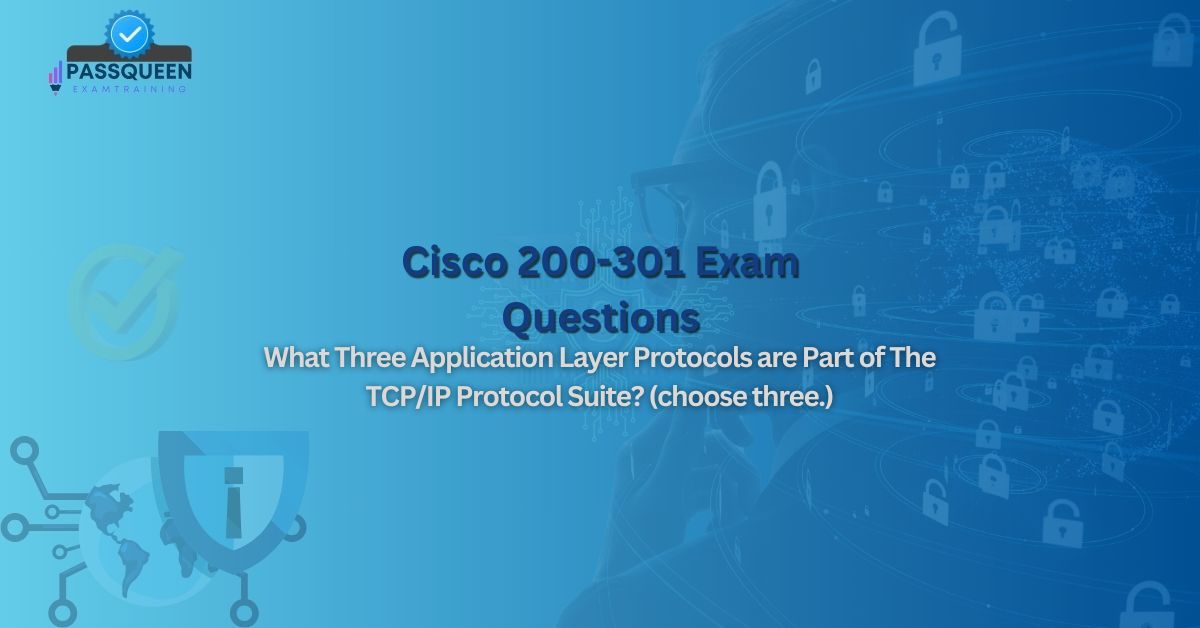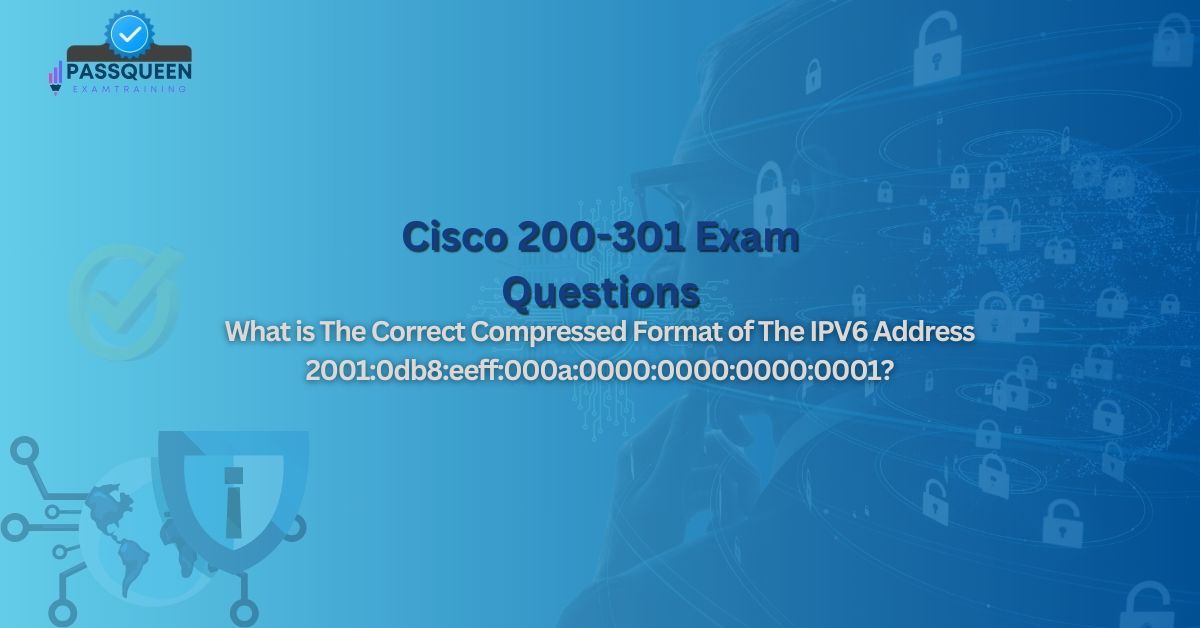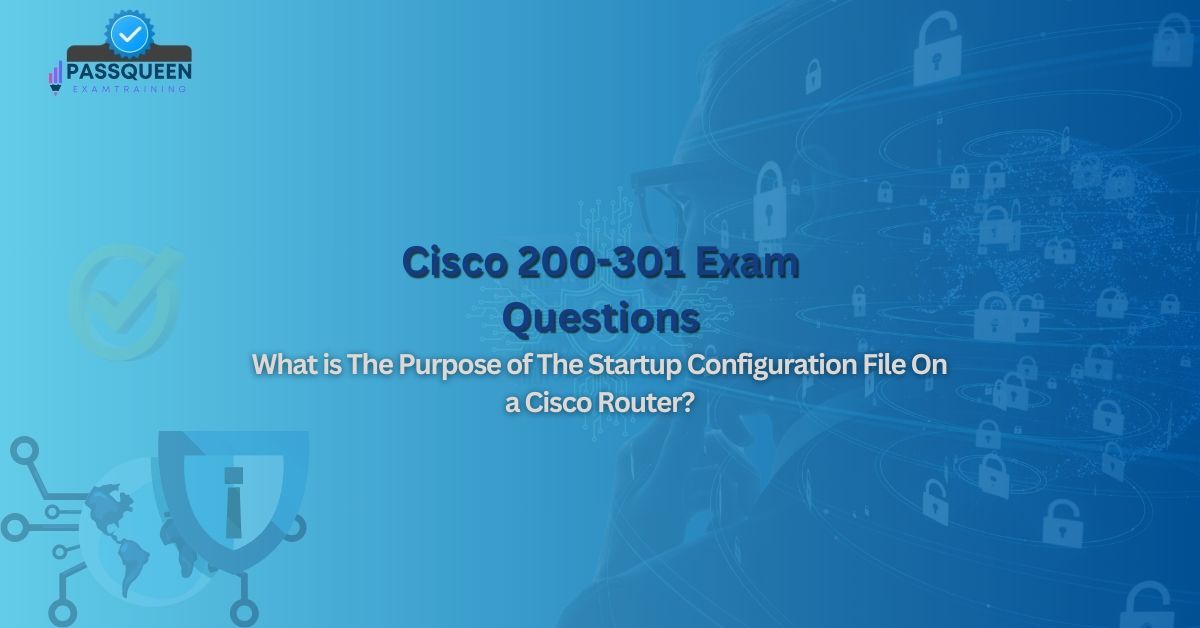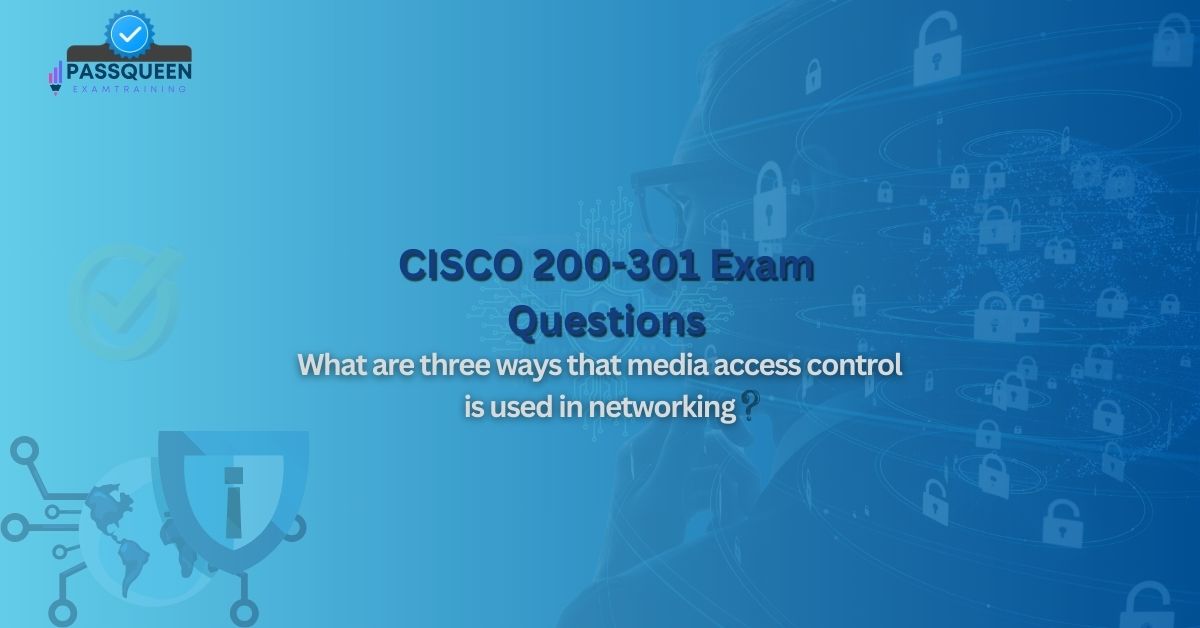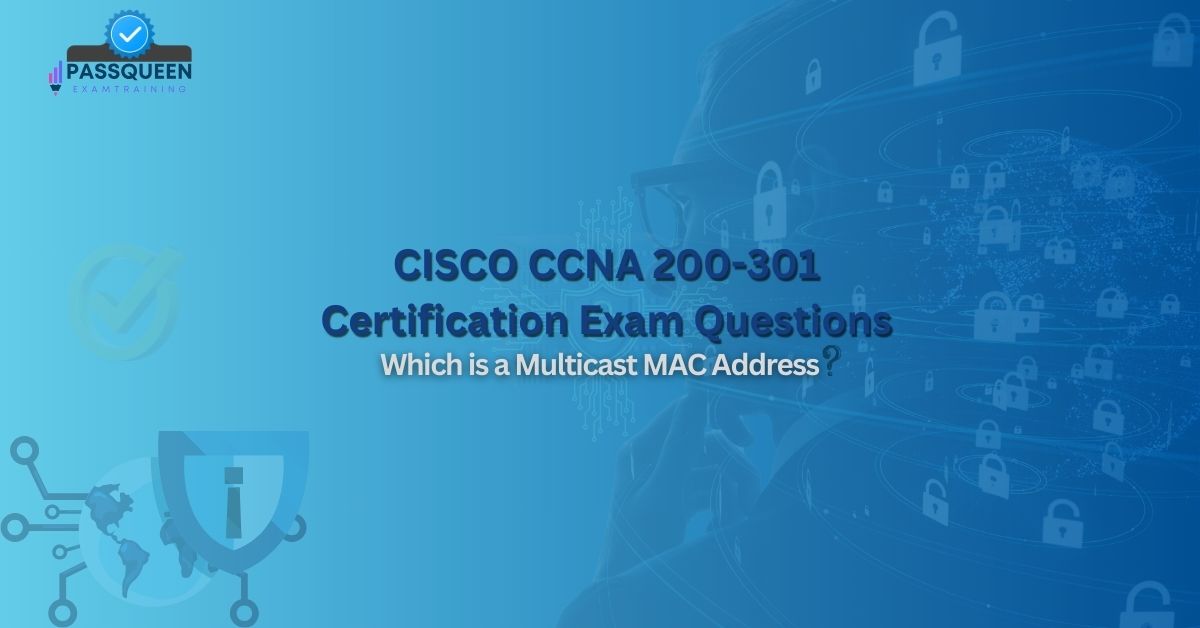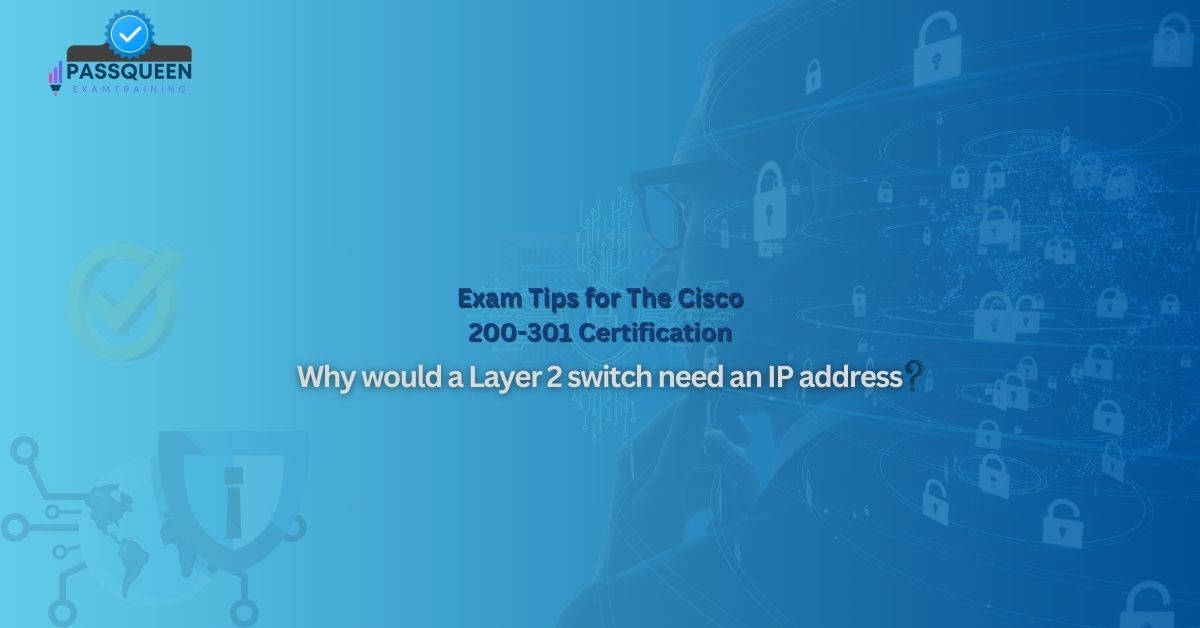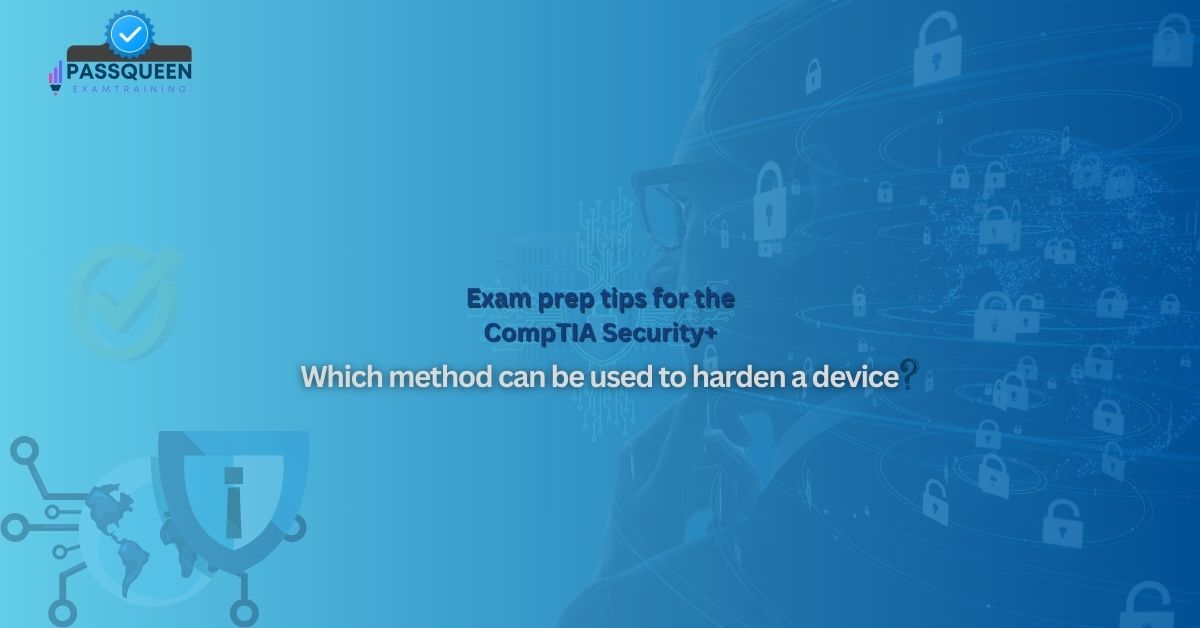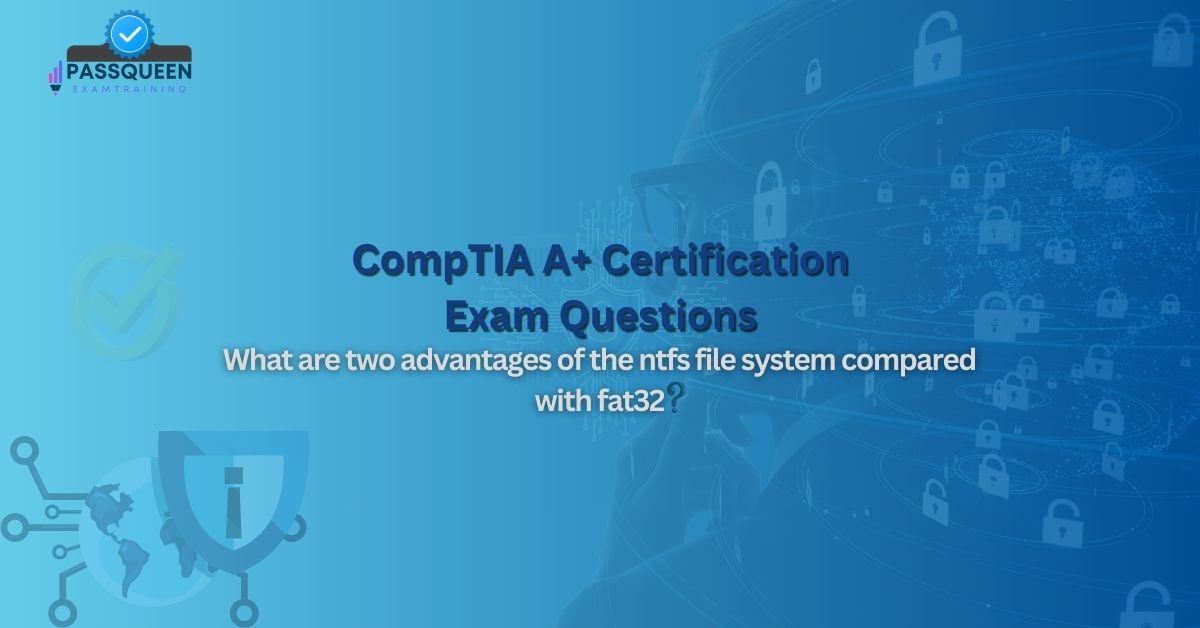Introduction: The Invisible Workhorses of Network Communication
Imagine sending an email, browsing a website, or transferring a file without even realizing the complex digital conversations happening behind the scenes. This magic is made possible by application layer protocols - the unsung heroes of the TCP/IP suite that make modern networking possible. For aspiring network professionals preparing for the Cisco CCNA 200-301 Exam Questions with PassQueen, understanding these protocols isn't just about passing a test; it's about gaining the keys to the internet kingdom.
This comprehensive guide will peel back the layers of network communication, focusing on the application layer protocols that directly enable the services we use daily. We'll explore their functions, interactions, and why they're so crucial for your certification journey and future networking career.
The Critical Role of Application Layer Protocols in TCP/IP
Application layer protocols serve as the bridge between human needs and network functionality. They're the translators that convert our requests into actions the network can understand and execute. Positioned at Layer 7 of the OSI model (or the top layer of the TCP/IP model), these protocols:
· Enable specific network services (email, web browsing, file transfers)
· Standardize communication between different systems and devices
· Handle data presentation and interface with applications
· Initiate and manage sessions between communicating hosts
What makes these protocols particularly fascinating is their dual nature - they're sophisticated enough to handle complex operations yet designed to be invisible to end users. When you click a link or send an email, these protocols work tirelessly behind the scenes to make it happen seamlessly.
Why This Matters for Your CCNA 200-301 Exam Weightage:
Application Layer Protocols Comprise Approximately 15% of Exam Content
· Troubleshooting Foundation: Understanding these protocols is essential for network diagnostics
· Real-World Relevance: These are the protocols you'll work with daily as a network professional
· Conceptual Bridge: They connect theoretical networking knowledge with practical implementation
At PassQueen, we've found that students who master these protocols early in their studies have a significant advantage in both exam performance and practical networking skills.
The TCP/IP Protocol Suite: A Quick Refresher
Before diving into specific application protocols, let's contextualize them within the TCP/IP model:
1. Network Access Layer: Physical network connections
2. Internet Layer: IP addressing and routing (IP, ICMP)
3. Transport Layer: End-to-end communication (TCP, UDP)
4. Application Layer: Network services and interfaces
Unlike the OSI model's strict separation, TCP/IP's application layer combines the functionality of OSI's application, presentation, and session layers. This practical integration is why TCP/IP became the dominant networking model.
The Three Pillars: Key Application Layer Protocols
1. HTTP/HTTPS (Hypertext Transfer Protocol/Secure)
Purpose: Web communication
Ports: 80 (HTTP), 443 (HTTPS)
Key Characteristics:
· Stateless request-response protocol
· HTTPS adds TLS/SSL encryption
· Foundation of web browsing and REST APIs
CCNA Focus:
· Understand status codes (200 OK, 404 Not Found)
· Recognize HTTPS security advantages
· Know how caching works via headers
2. DNS (Domain Name System)
Purpose: Name to IP address resolution
Port: 53
Key Characteristics:
· Distributed database system
· Uses UDP for queries, TCP for zone transfers
· Hierarchical structure (.com, .org, etc.)
CCNA Focus:
· DNS record types (A, MX, CNAME)
· Recursive vs. iterative queries
· Importance in network troubleshooting
3. SMTP (Simple Mail Transfer Protocol)
Purpose: Email transmission
Port: 25
Key Characteristics:
· Push protocol for sending mail
· Works with POP3/IMAP (retrieval protocols)
· Uses plaintext commands (HELO, MAIL FROM)
CCNA Focus:
· Basic SMTP command structure
· Role in network security (spam filtering)
· Alternative ports (587 for submission)
Bonus Protocols Worth Knowing
While the above three are exam essentials, these additional protocols round out your practical knowledge:
FTP (File Transfer Protocol):
· Ports 20 (data), 21 (control)
· Active vs. passive modes
· SFTP/FTPS secure alternatives
DHCP (Dynamic Host Configuration Protocol):
· Ports 67 (server), 68 (client)
· DORA process (Discover, Offer, Request, Acknowledge)
· IP address leasing concept
SNMP (Simple Network Management Protocol):
· Port 161 (queries), 162 (traps)
· MIB structure and OIDs
· Versions and security considerations
The Protocol Symphony: How They Work Together
The real magic happens when these protocols interact seamlessly:
Web Browsing Example:
1. DNS resolves domain name to IP address
2. HTTP/HTTPS retrieves webpage content
3. SMTP might handle contact form submissions
4. DHCP ensured your device had an IP to start with
Email Sending Process:
1. Your email client uses SMTP to send message
2. DNS MX records locate recipient's mail server
3. HTTP might fetch external images in HTML emails
Understanding these interactions is crucial for:
· Effective network troubleshooting
· Designing efficient network services
· Implementing proper security controls
CCNA 200-301 Exam Preparation Tips
1. Protocol Port Numbers:
o Create mnemonics for remembering key ports
o Focus on: HTTP(80), HTTPS(443), DNS(53), SMTP(25), FTP(20/21)
2. Command Line Familiarity:
o Practice nslookup for DNS testing
o Use telnet to test protocol connectivity
o Learn basic SMTP commands for troubleshooting
3. Security Implications:
o Understand why HTTPS > HTTP
o Know DNS security extensions (DNSSEC)
o Recognize SMTP vulnerabilities
4. Troubleshooting Flows:
o Map out what fails when DNS doesn't work
o Diagnose web connectivity issues step-by-step
o Trace email delivery problems
5. Hands-On Practice:
o Set up a web server and test HTTP/HTTPS
o Configure DNS records in a lab environment
o Experiment with email server setups
Key Concepts to Burn Into Your Memory
1. Protocol Relationships:
o How DNS enables all other protocols
o Why HTTP depends on TCP
o Where SMTP fits in email workflows
2. Port Number Significance:
o Well-known ports vs. ephemeral ports
o TCP vs. UDP usage patterns
o Security implications of open ports
3. Protocol Operations:
o DNS lookup process
o HTTP request/response cycle
o SMTP mail transfer sequence
4. Security Considerations:
o HTTPS encryption basics
o DNS spoofing vulnerabilities
o SMTP relay abuse potential
The Bottom Line: Why This Knowledge Matters
Mastering application layer protocols provides more than exam success—it gives you:
1. Diagnostic Precision: Quickly identify where network services are failing
2. Design Insight: Make informed decisions about service implementation
3. Security Awareness: Understand common attack vectors and defenses
4. Career Foundation: These concepts underpin more advanced networking topics
At PassQueen, we've seen countless students transform their networking understanding by solidifying their grasp of these fundamental protocols. They're not just exam topics—they're the building blocks of every network you'll ever work with.
Sample Questions for Cisco 200-301 Exam
What three application layer protocols are part of the TCP/IP protocol suite? (Choose three.)
A) HTTP
B) TCP
C) DNS
D) IP
E) SMTP
F) UDP
Correct Answers:
A) HTTP
C) DNS
E) SMTP
Explanation: HTTP (Hypertext Transfer Protocol), DNS (Domain Name System), and SMTP (Simple Mail Transfer Protocol) are all application layer protocols in the TCP/IP suite. TCP and UDP are transport layer protocols, while IP operates at the internet layer. Understanding these protocol layers is essential for both the CCNA exam and real-world networking.

